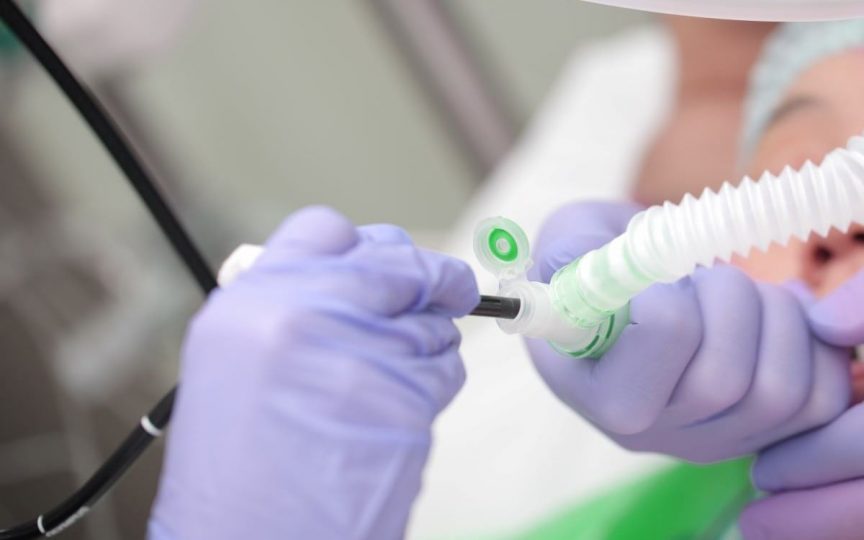Hypoxemia occurred in fewer patients in noninvasive-ventilation group than in oxygen-mask group
By Elana Gotkine HealthDay Reporter
FRIDAY, June 14, 2024 (HealthDay News) — For critically ill adults undergoing tracheal intubation, preoxygenation with noninvasive ventilation results in lower incidence of hypoxemia than preoxygenation with an oxygen mask, according to a study published online June 13 in the New England Journal of Medicine to coincide with the annual Critical Care Reviews Meeting, held from June 12 to 14 in Belfast, Northern Ireland.
Kevin W. Gibbs, M.D., from the Wake Forest School of Medicine in Winston-Salem, North Carolina, and colleagues conducted a multicenter, randomized trial at 24 emergency departments and intensive care units in the United States involving critically ill adults undergoing tracheal intubation. Participants were randomly assigned to receive preoxygenation with either noninvasive ventilation or an oxygen mask (624 and 637 patients, respectively).
The researchers found that hypoxemia occurred in 9.1 and 18.5 percent of patients in the noninvasive-ventilation and oxygen-mask groups, respectively. Cardiac arrest occurred in one and seven patients (0.2 versus 1.1 percent) in the noninvasive-ventilation and oxygen-mask groups, respectively. Aspiration occurred in six and nine patients (0.9 and 1.4 percent) in the noninvasive-ventilation and oxygen-mask groups, respectively.
“These findings have important clinical implications because hypoxemia during intubation is associated with cardiac arrest and death, and in current clinical care worldwide, most critically ill adults receive preoxygenation with an oxygen mask rather than with noninvasive ventilation,” the authors write.
Copyright © 2024 HealthDay. All rights reserved.

